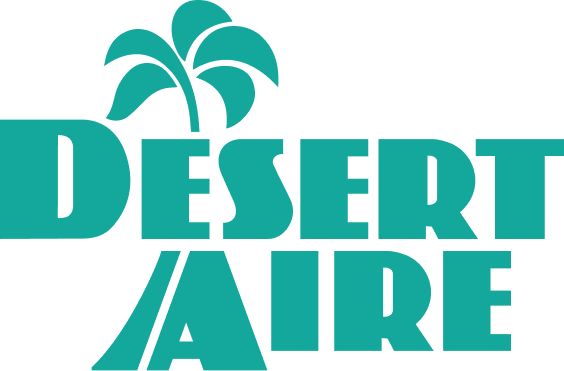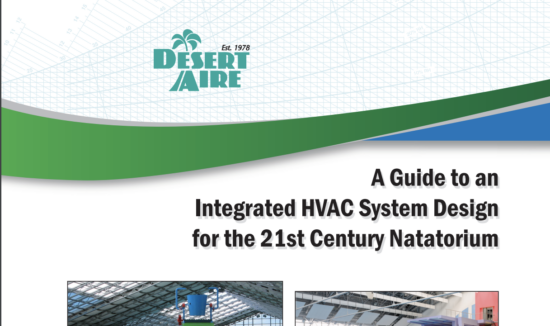
Integrated HVAC System Design
For the 21st Century Natatorium
Desert Aire Design Guide
This design guide will help owners, mechanical contractors and engineers design and retrofit an indoor pool facility.
This guide ties together the many independent design elements of a very complex system, including HVAC, building structure, water loop, facility programming and energy consumption.
Available in English, Spanish & Korean.
Thank You – Desert Aire Integrated HVAC System Design Guide for Natatoriums
Download Guide (English) or click the button on the right.
Share or Download
Ask A Question
Related Products
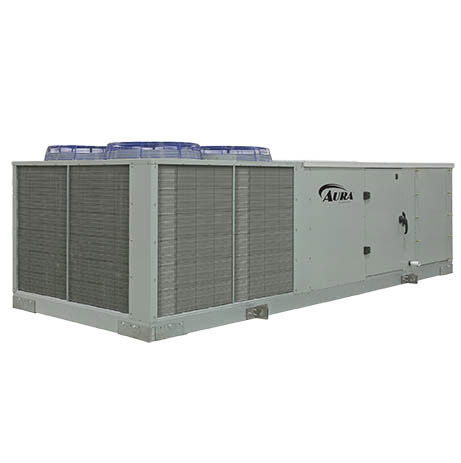
Aura™ Series DOAS Units
Aura™ Series DOAS systems give you the flexibility to design energy saving solutions for meeting IAQ...
View Details
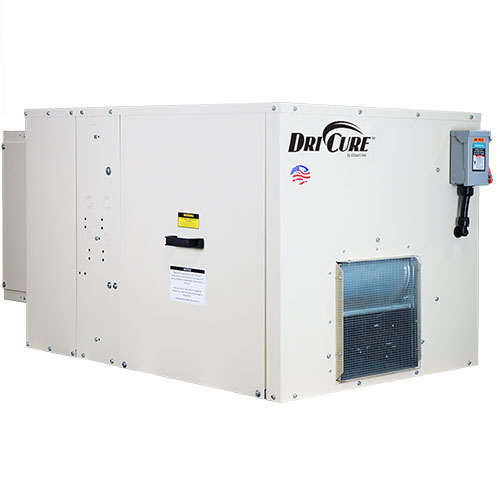
DriCure™ Series Dehumidifier
Desert Aire’s DriCure™ Dehumidification Systems are specifically designed as an all-in-one solutio...
View Details
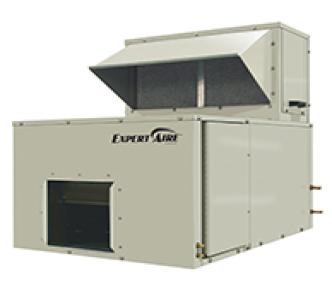
ExpertAire Horizontal (LC), Vertical (LV) & Packaged (LCQ) Series Dehumidifier
Designed for high efficiency and long life, Desert Aire’s ExpertAire™ commercial dehumidification ...
View Details
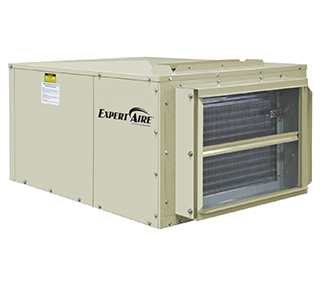
ExpertAire Wide Temperature Range (LW) Series Dehumidifier
LW Series dehumidification systems keep space humidity low while controlling outdoor air to ensure low...
View Details
Find a Desert Aire Sales Rep Near You!
Our network of independent representatives are fully trained on Desert Aire’s dehumidification and DOAS solutions and can assist you in designing and sizing your engineered solutions.
